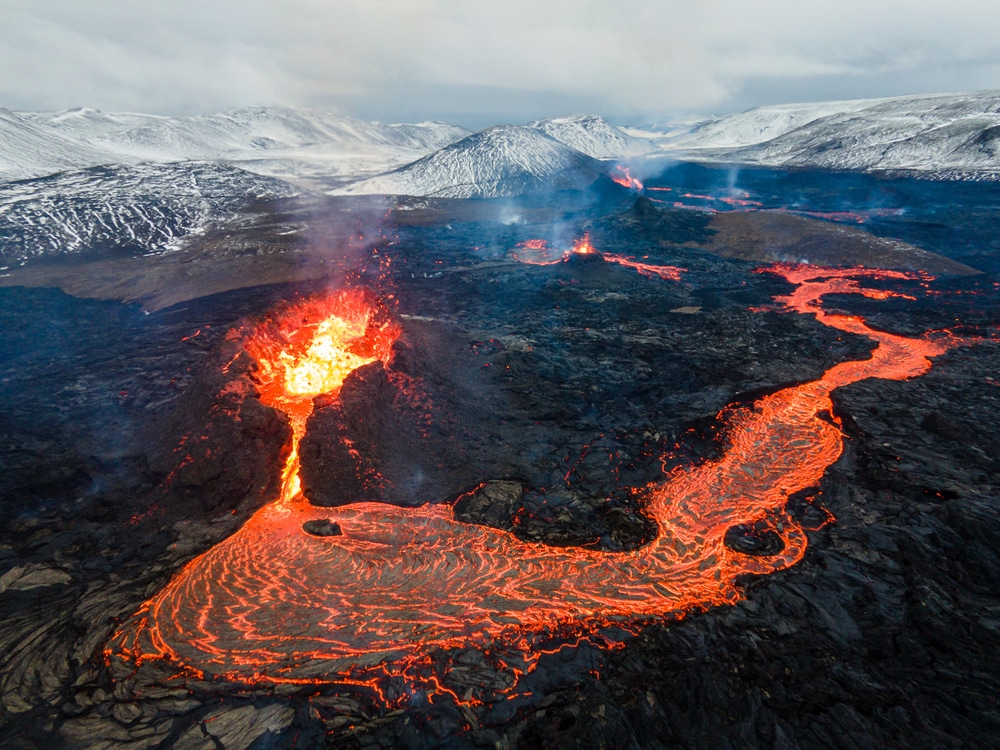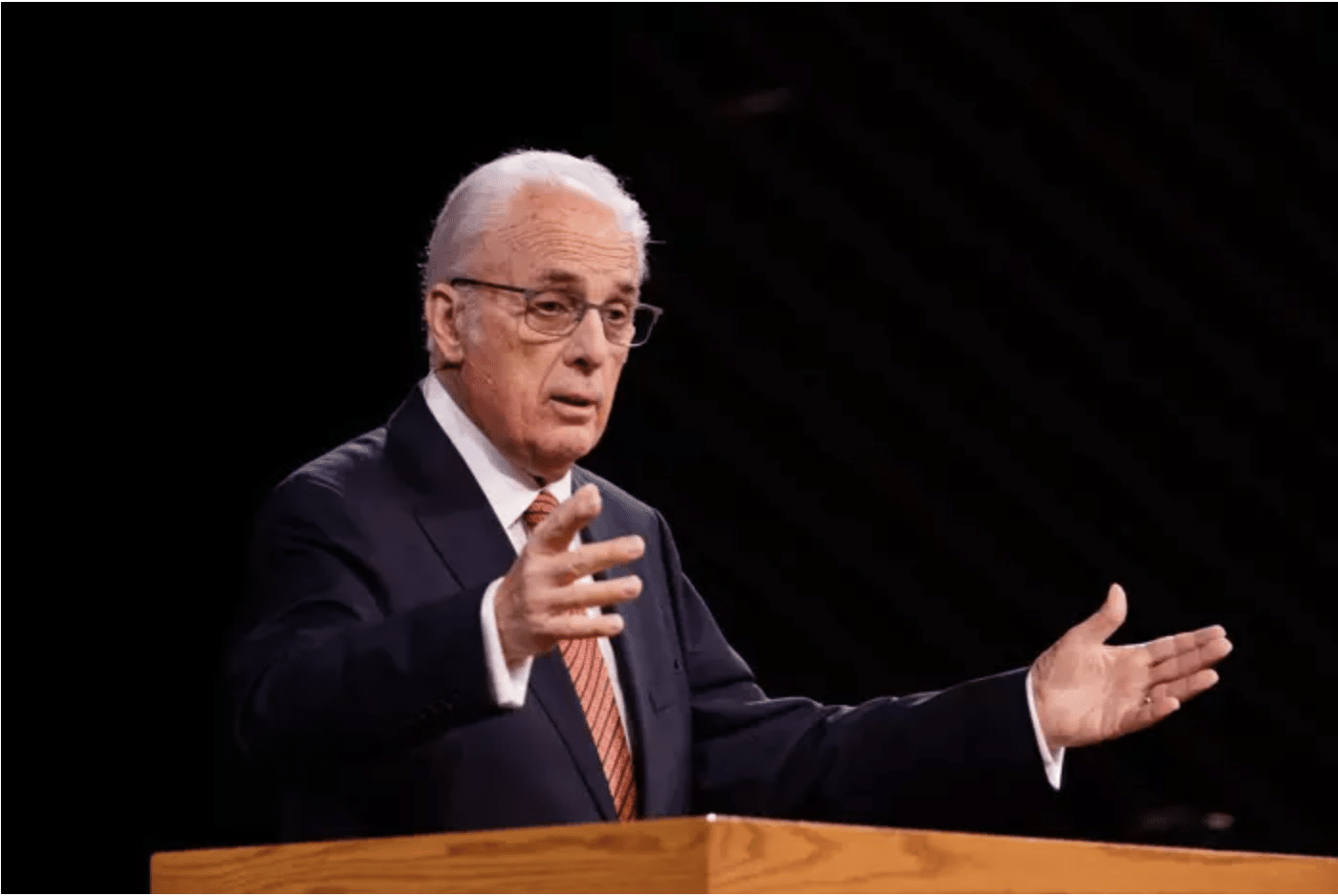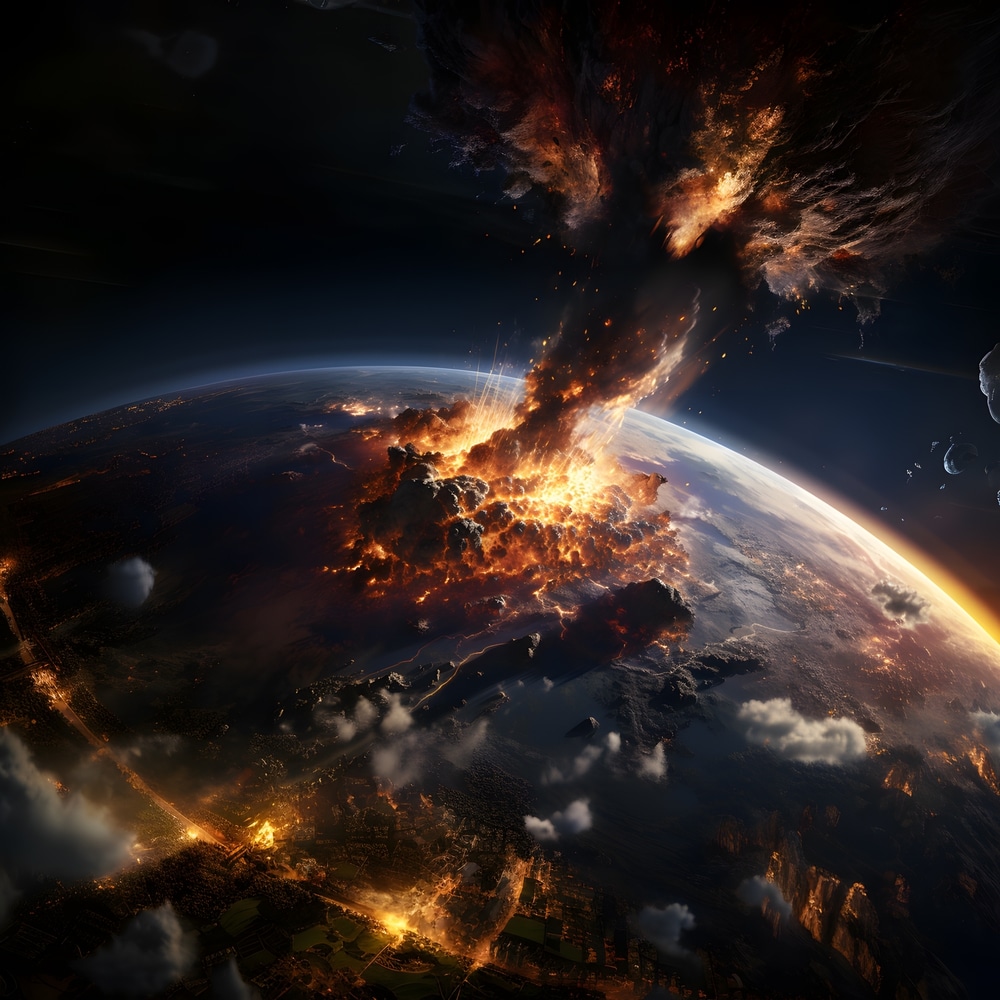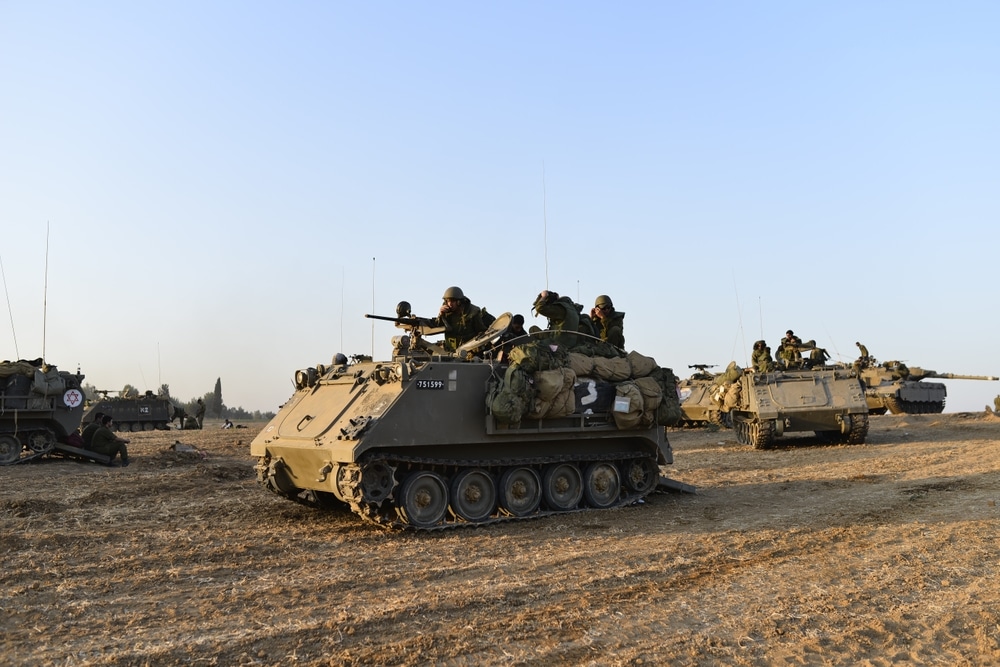A volcano in Iceland could spew lava ‘for weeks’ an expert has warned, as fears are mounting that an eruption could be ‘imminent’ with 2,800 tremors recorded in the last day.
The Fagradalsfjall volcano on the Reykjanes peninsula, the youngest part of Iceland, threatens to ‘obliterate’ the town of Grindavik, with 4,000 residents evacuated after a state of emergency was declared on Friday.
‘We are really concerned about all the houses and the infrastructure in the area,’ Vidir Reynisson, head of Iceland’s Civil Protection and Emergency Management said.
‘The magma is now at a very shallow depth, so we’re expecting an eruption within a couple of hours at the shortest, but at least within a couple of days.’
Molten magma has been accumulating three miles under Grindavik, and now experts have said that a ‘corridor’, around nine miles long (15km), has developed beneath the town – with a volcanic eruption possible anywhere along the intrusion.
Reynisson said that the most likely scenario would be the fissure opening causing an eruption somewhere around Grindavik. ‘We have a fissure that’s about 15 kilometres long, and anywhere on that fissure we can see that an eruption could happen,’ he said.
Icelanders are ‘essentially just waiting’, local journalist Holmfridur Gisladottir told Sky News after hundreds of tremors struck the island overnight.
A looming eruption has revived the trauma of the 2010 explosion at another of Iceland’s volcanoes, Eyjafjallajokull, for many locals. It produced a huge cloud of ash which prompted the biggest shutdown of global aviation since the World War II – with 50,000 flights were cancelled and eight million passengers impacted.
Discussing the differences between a potential eruption of Fagradalsfjall and Eyjafjallajokull, an Iceland Met Office official said an eruption could see lava spew over the town but was less likely to cause the same ash blast.
Matthew James Roberts, the managing director of the service and research division told BBC R4’s Today Programme: ‘First of all there isn’t an ice cap on top and it’s not a stratovolcano so wouldn’t be an explosive blast of volcanic ash into the atmosphere.
‘This would be a lava-producing volcanic eruption along a series of fishers and that would be the main hazard. ‘Blowing lava an eruption that persists for weeks possible and that means roads and other forms of infrastructure could be eventually in harm’s way.’


















